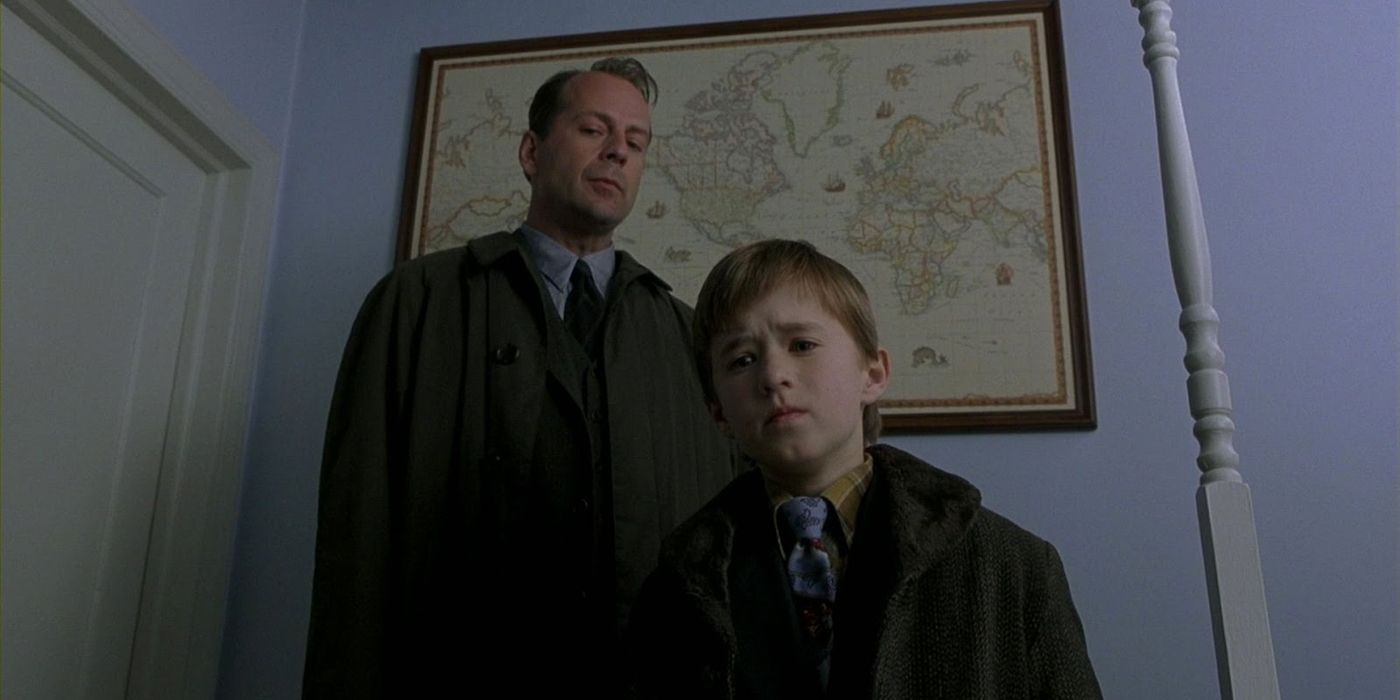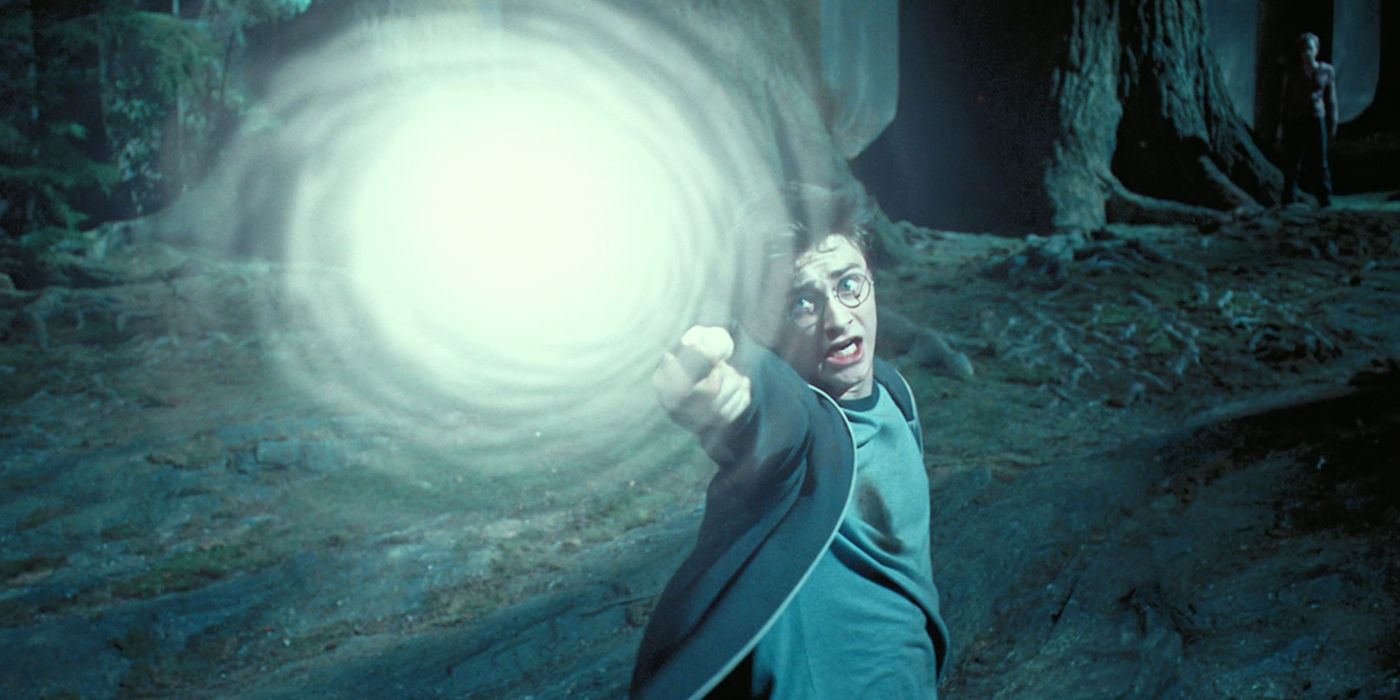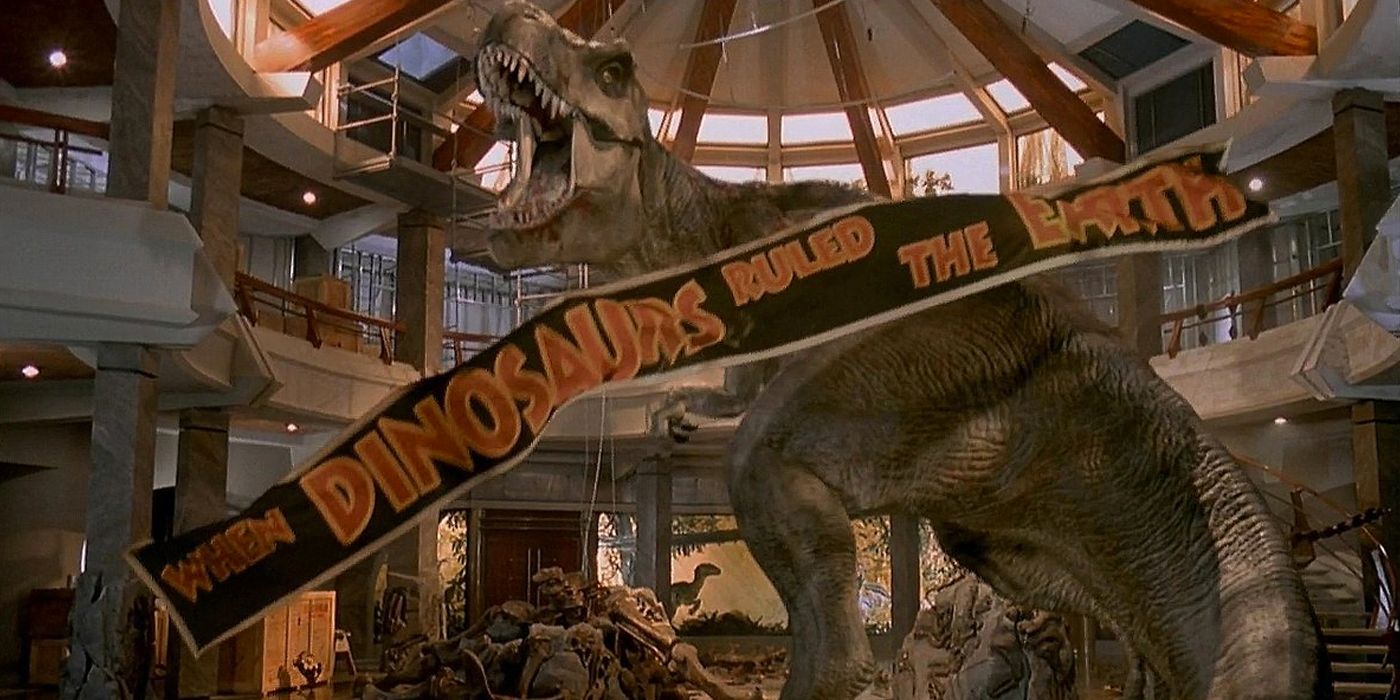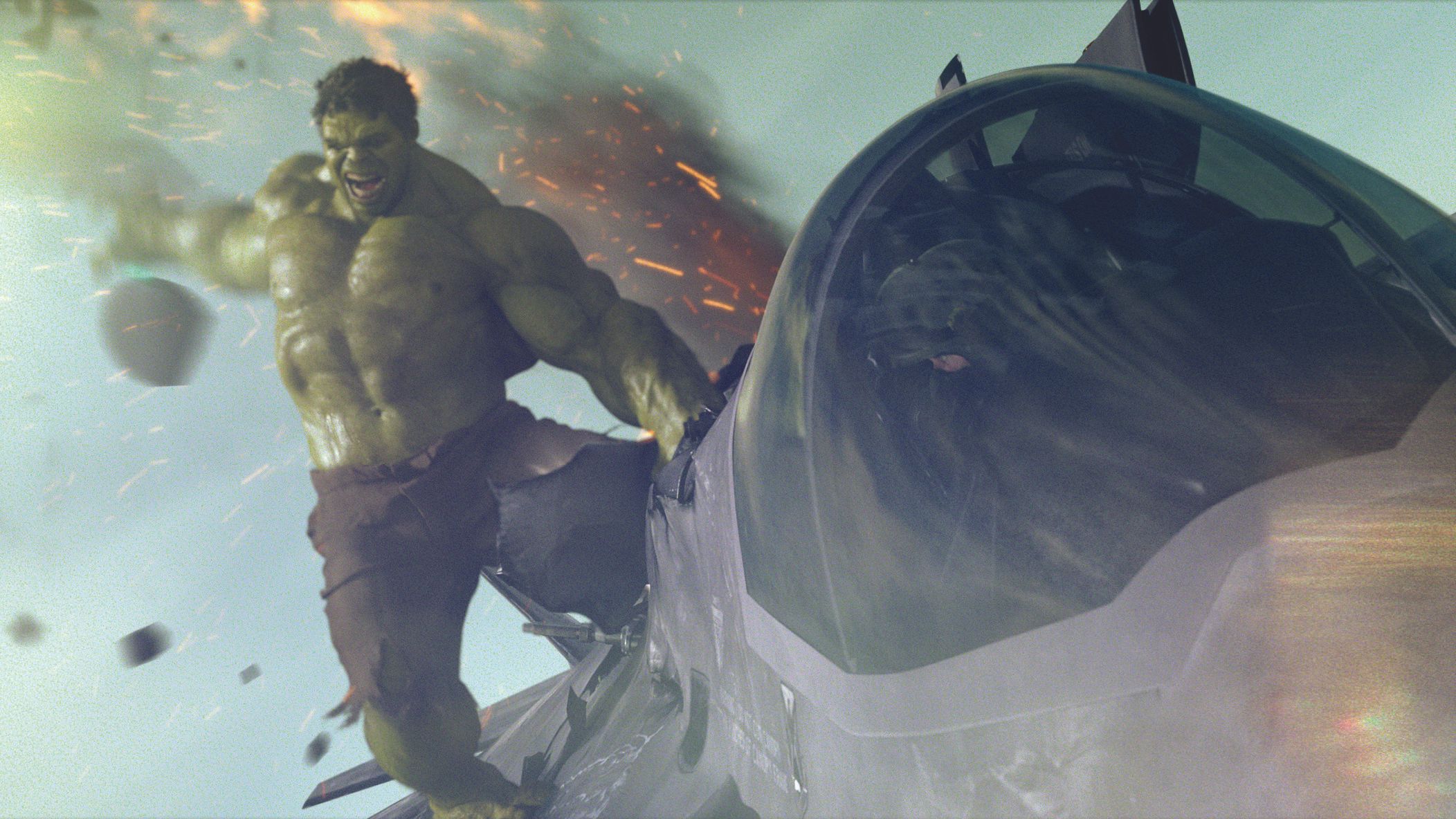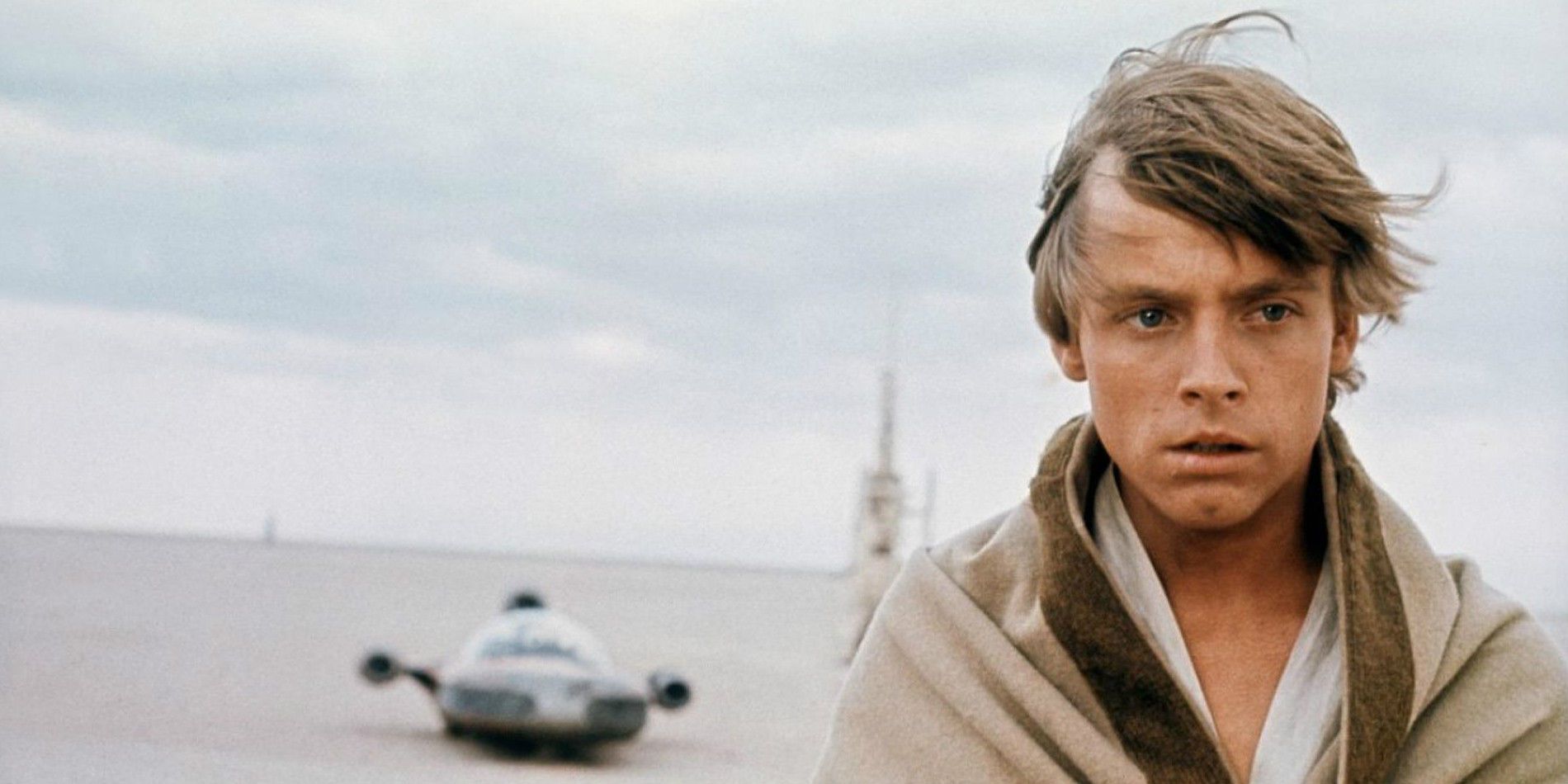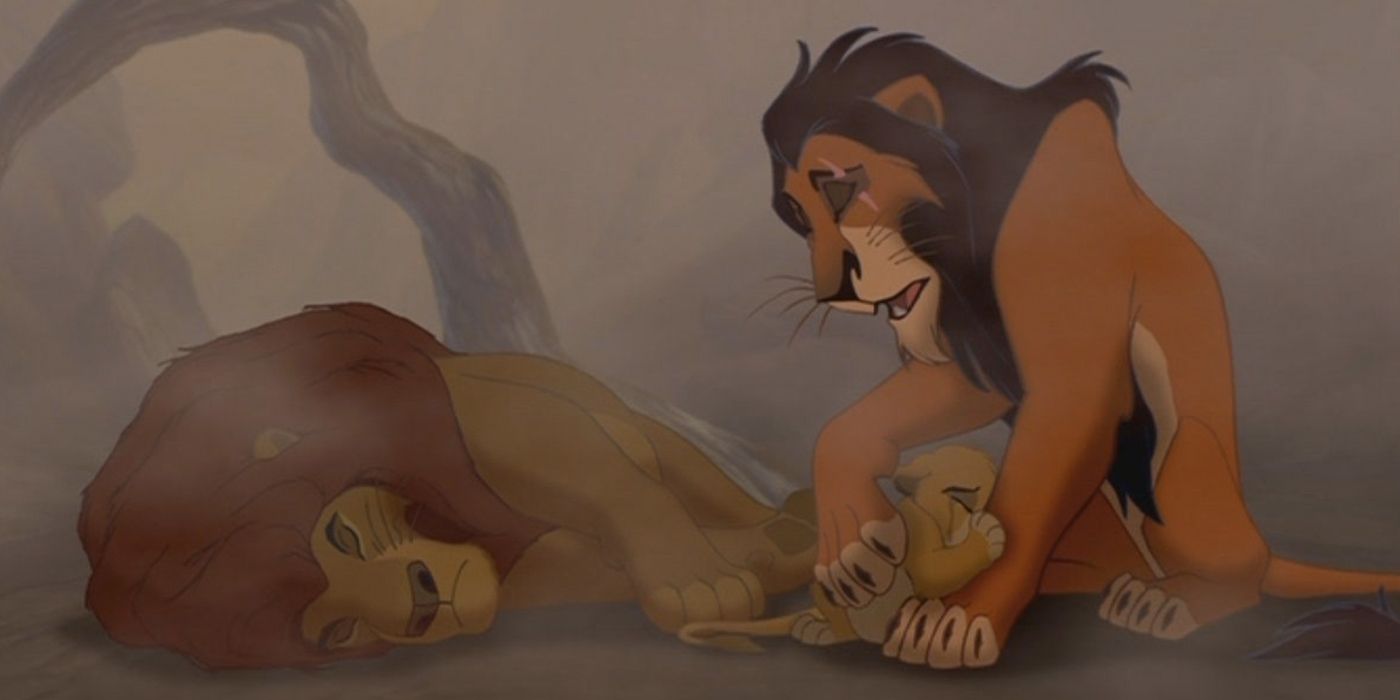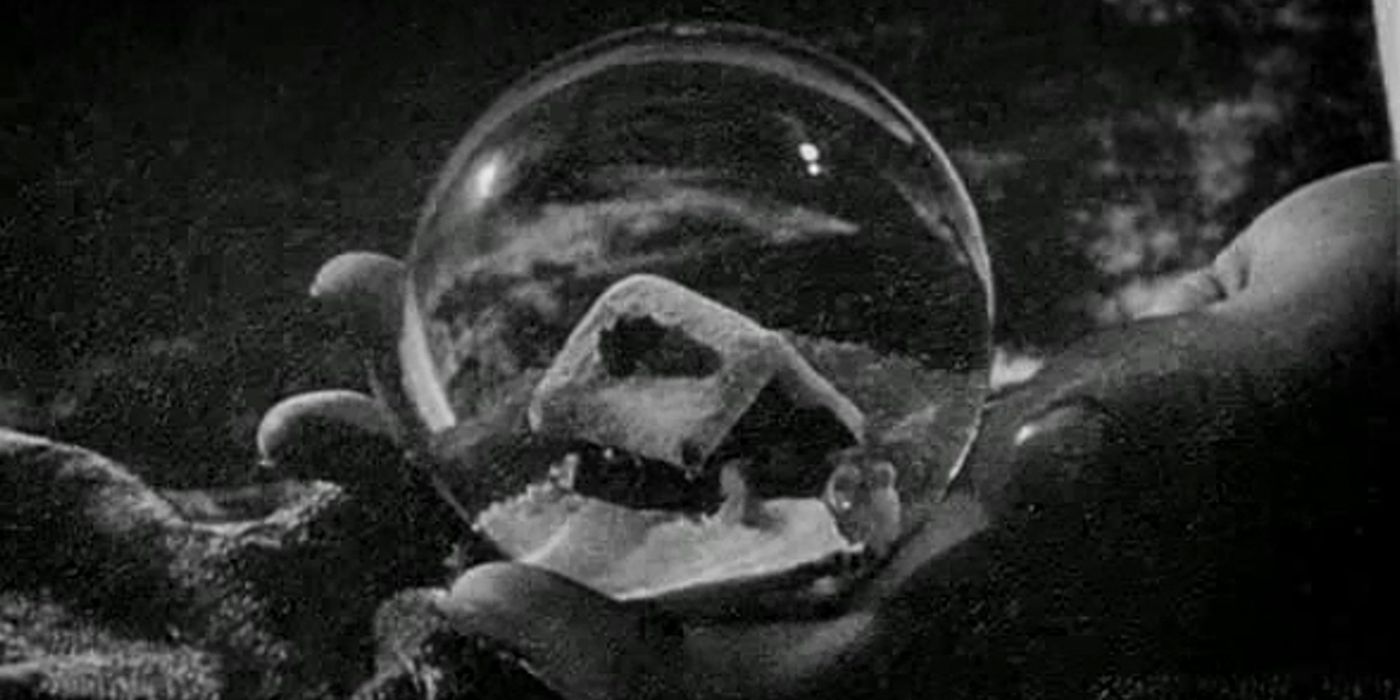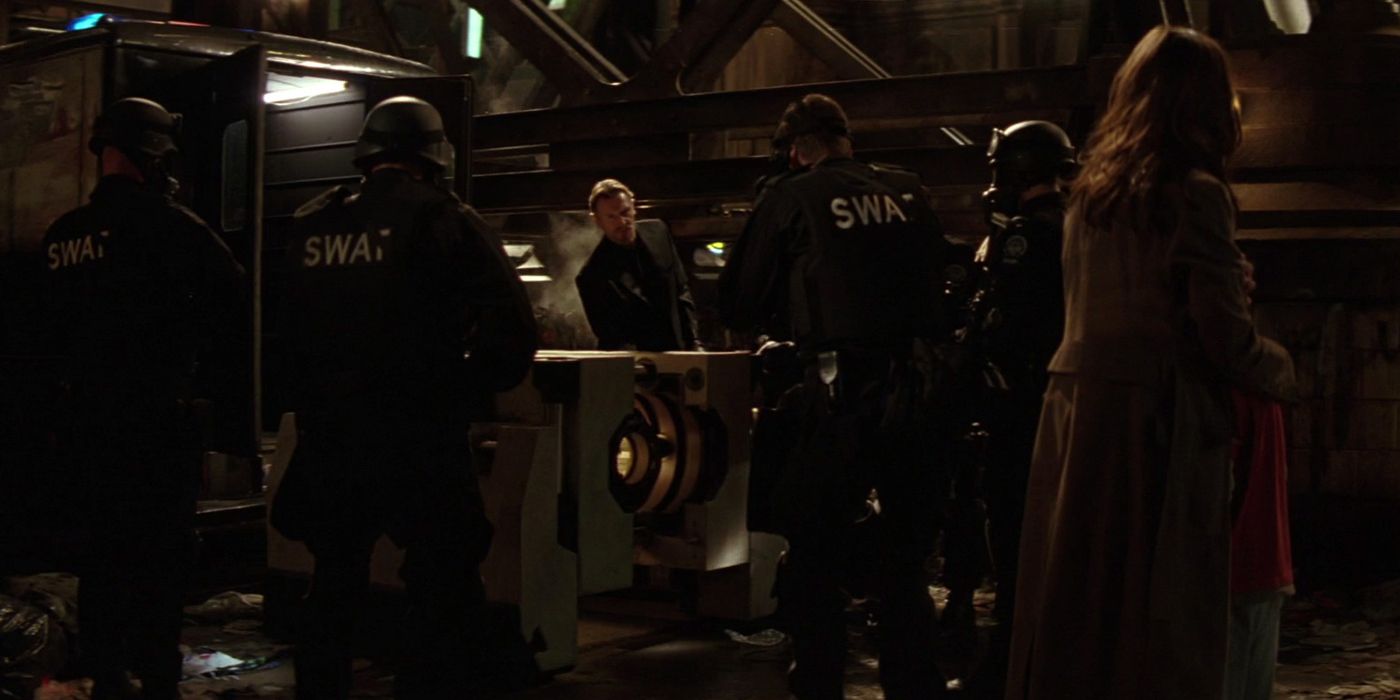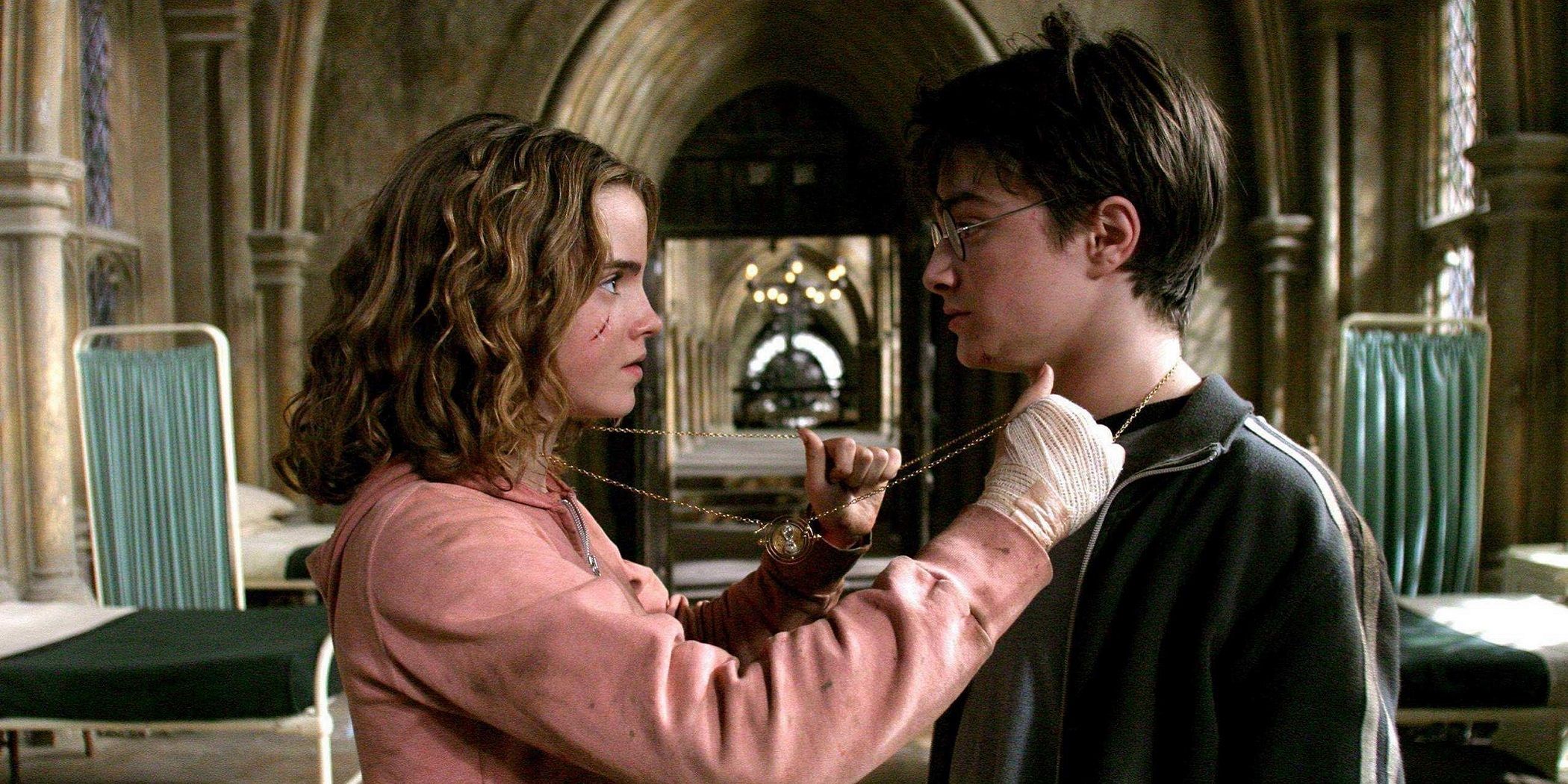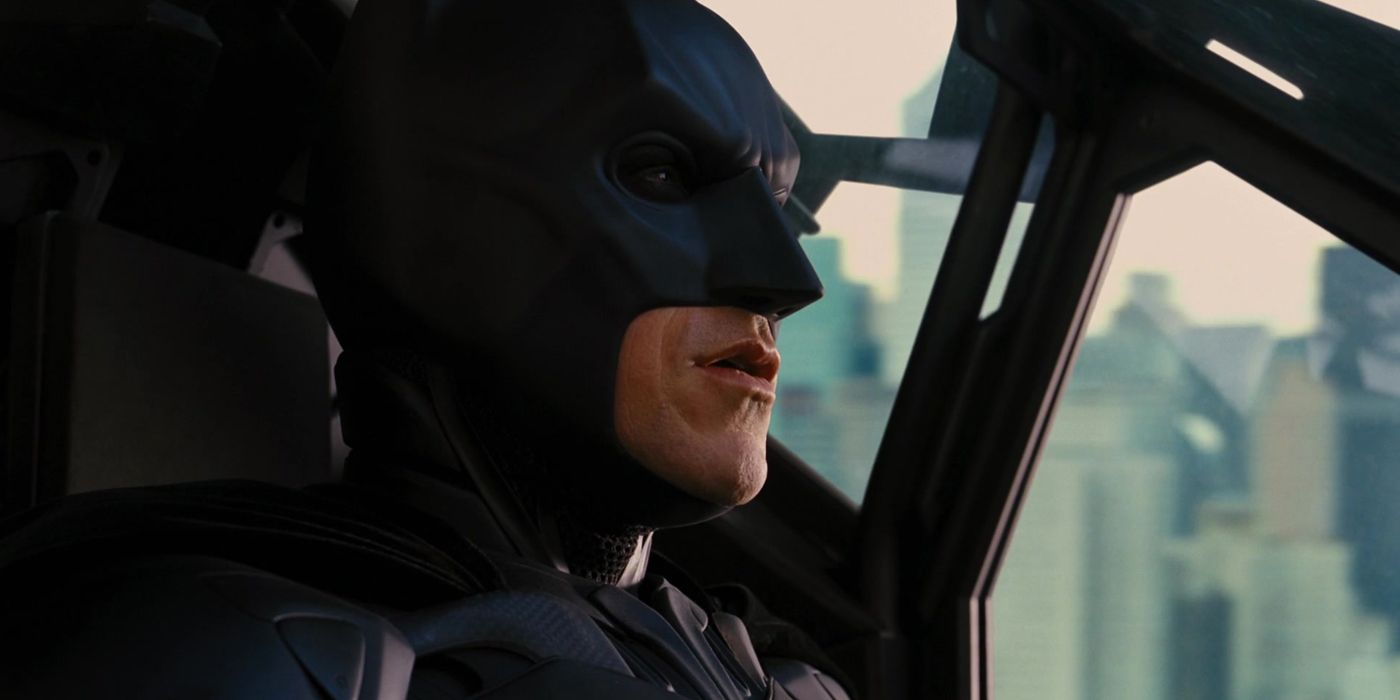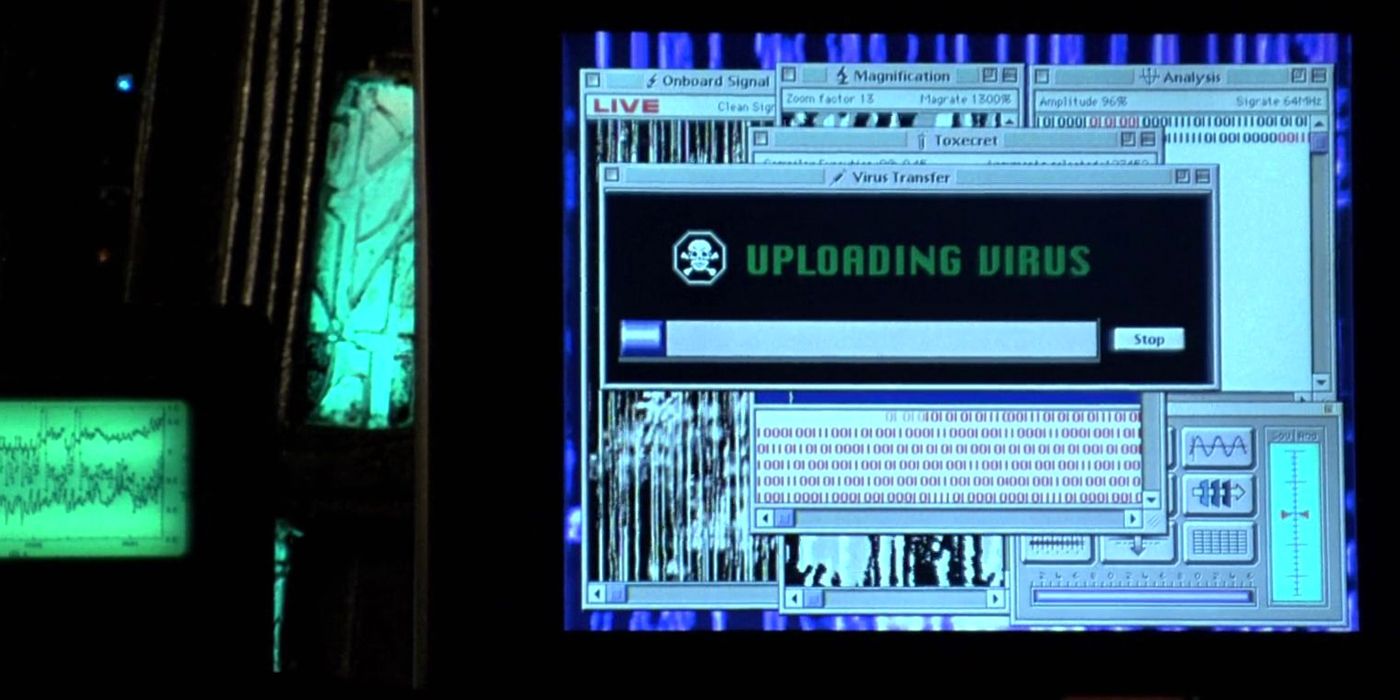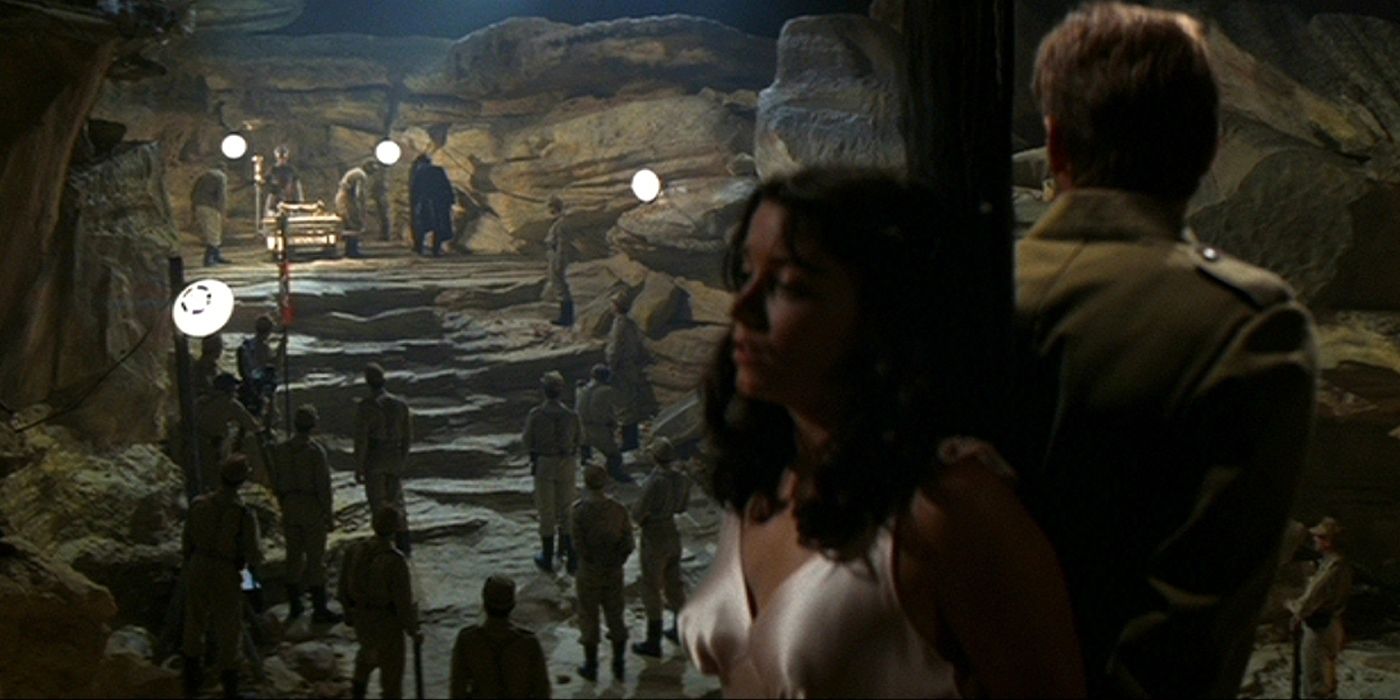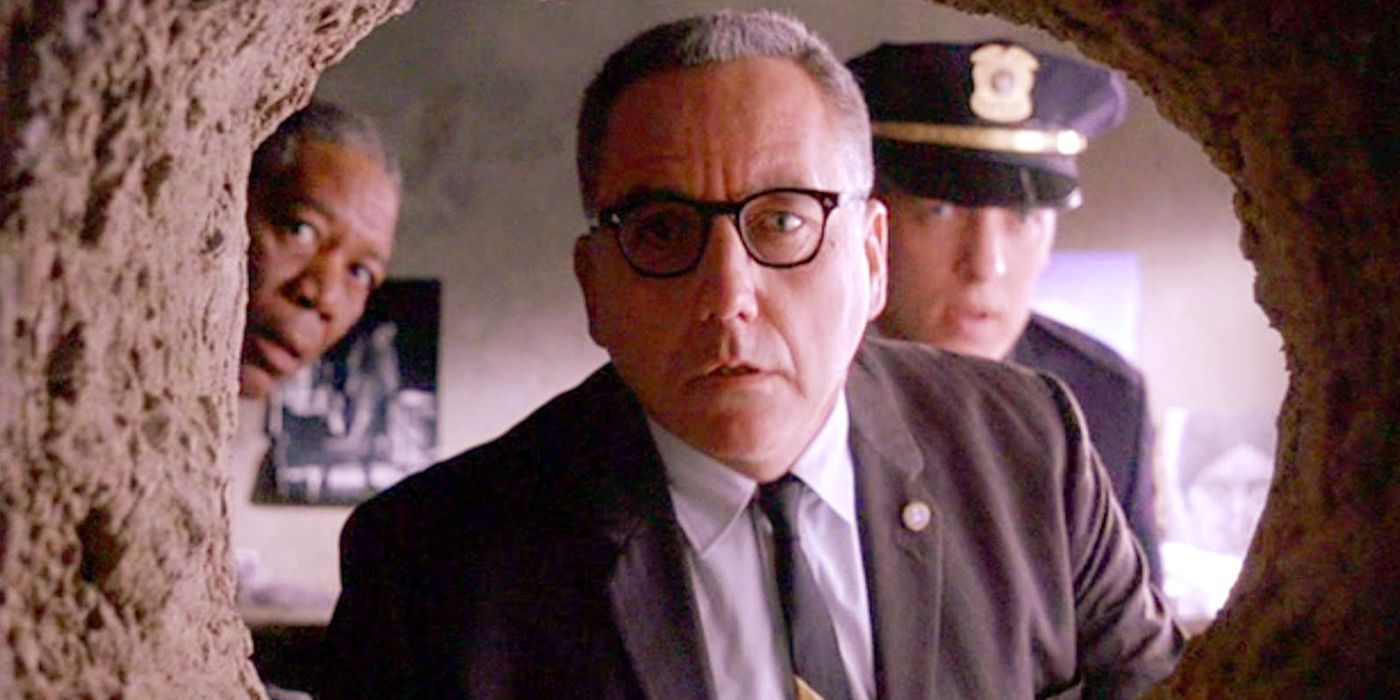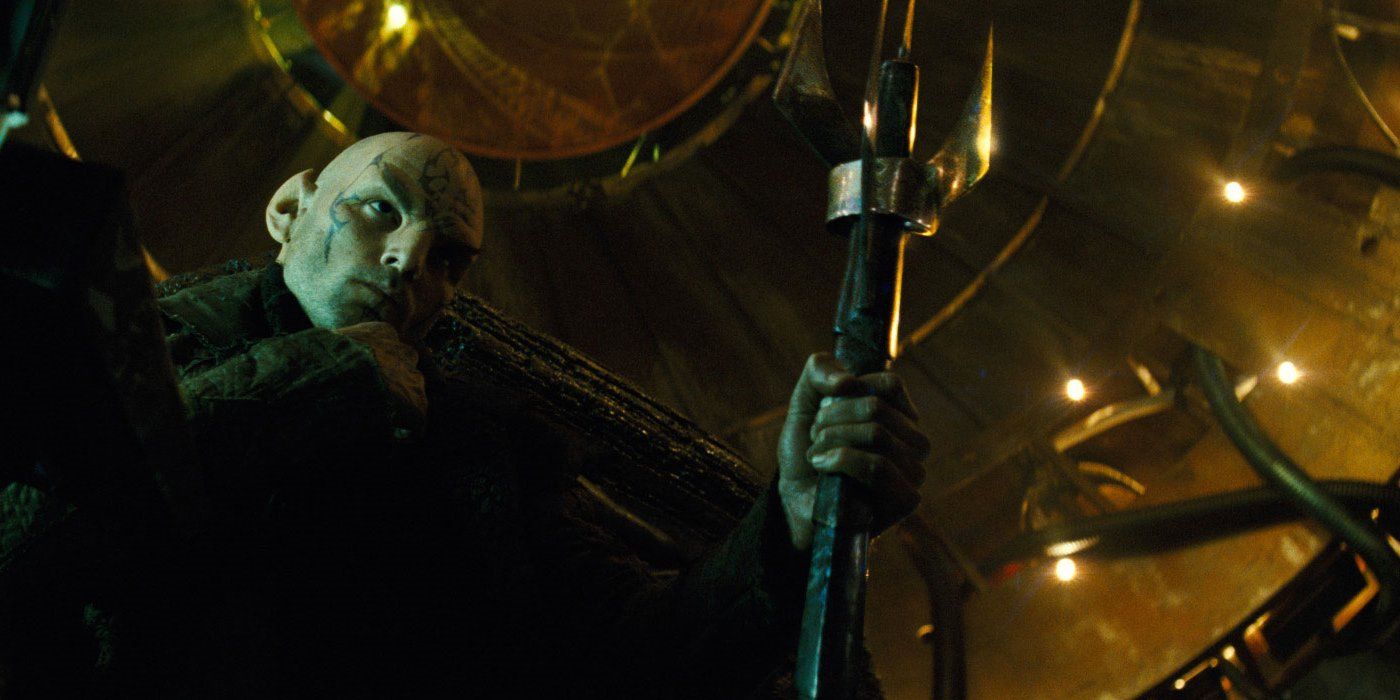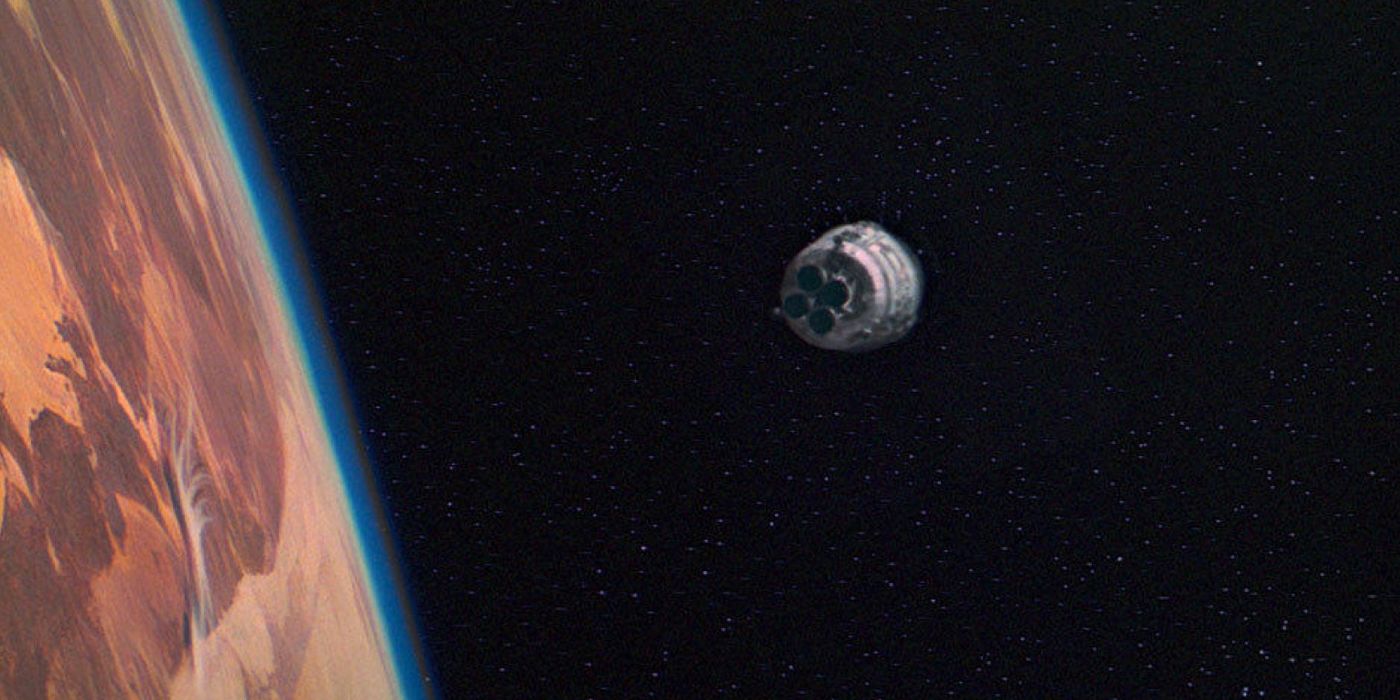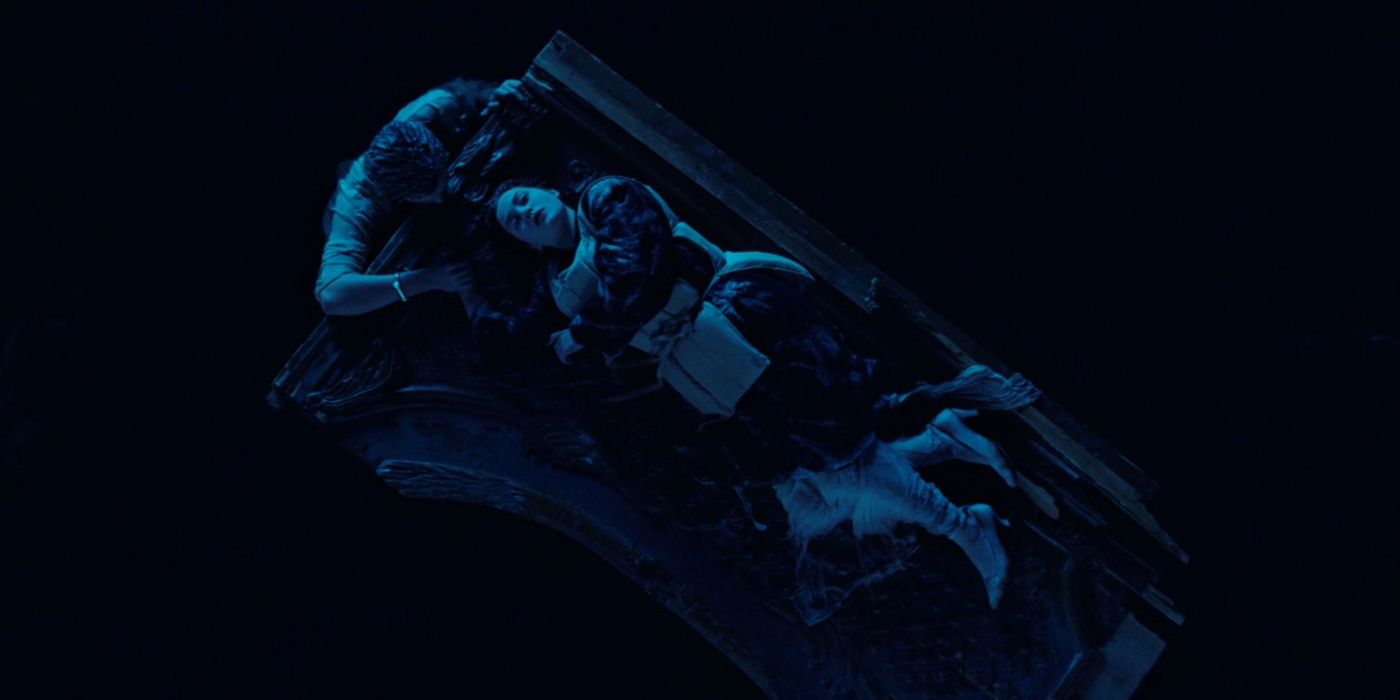The internet loves plot holes. And why not? It’s always fun to take down bad movies, and nothing shows flaws better than the plot not making sense on a fundamental level; you may be able to spend the GDP of a not-insignificant country to make a film based on transforming robot toys, yet didn't notice that the time of day didn't change when a plane for some reason teleported from Washington to Egypt? C'mon, Michael Bay! Heck, even if you love a film, it’s irresistible to look obsessively deeper and poke holes (out of affection, of course).
The problem with plot holes (and the internet) is that sometimes a proposed logic leap is repeated so often you take it as fact despite it not actually existing; too often people don't stop to consider that the movie in question may actually provide a suitable answer, just like the following fifteen cases. Sometimes a re-watch solves all problems.
For this article we’re looking at moments that are widely quoted as plot holes across the internet, despite the movie themselves having enough sound logic to explain them away. What qualifies as a "plot hole" depends on the allegation, but these are all generally stated logical inconsistencies. Here are 15 Movies You Thought Had Huge Plot Holes - But Didn't.
15. How did the T-Rex get into the Visitor Centre? - Jurassic Park
The Jurassic Park series isn’t light on silly moments: the gymnastic raptor takedown in The Lost World; the Stegosaurus variable strength in III; so much in Jurassic World, most prominently the whole heels thing. But the biggest criticisms are often laid against the original classic. Perhaps it’s because it’s so good any supposed flubs standout that much more.
The most common is the question of how the T-Rex got into visitor centre to climactically save the humans at the end of the movie. However, if you look behind the dino as she makes short work of the raptors you can see a suitably large, T-Rex sized hole in the middle of the visitor centre wall behind her; remember, the building was still under in construction.
That doesn’t explain another well-cited plot hole, however. During her first appearance, the T-Rex paddock goes from the level of the jeeps to a massive drop. Answers in the comments.
14. How Can Bruce Banner Suddenly Control His Anger? - The Avengers
The Hulk is one of the most famous members of The Avengers - despite middling comic sales, the 1970s TV show put him in the cultural spotlight like no other hero, even giving the world the "don't make me angry - you won't like me when I'm angry" line. And yet studios have repeatedly struggled at making interesting movies out of him; Ang Lee’s 2003 effort was far too meditative and The Incredible Hulk too bland. Marvel finally got the character right in The Avengers, with Mark Ruffalo spot on as the nervy Bruce Banner and “the other guy” a violent, comedic delight.
The interpretation wasn’t without its criticisms, however, with many taking umbrage with Banner’s “I’m always angry” proclamation; how could he suddenly just change into Hulk at will? And if that’s the case, how did Loki make it happen earlier in the film?
Well, that whole "don't make me angry" idea is pretty old hat. The specifics of the transformation were altered in the comics ages ago to give Bruce more control, something that was explicitly adapted for the movies; disconnected as it may be, The Incredible Hulk is canon in the MCU and that film ended showing Ed Norton’s Bruce learning to control his heartbeat and the green meanie with it - it's not a secret if you're paying attention. Every case of him traditionally hulking out comes from him letting his guard down, be that under the influence of Loki’s staff or Scarlet Witch (both products of the Mind Stone).
13. Why did Luke keep his father's surname? - Star Wars
One of the lingering problems with the Star Wars prequels is the sheer number of plot holes and contradictions they made in the original trilogy: "Uncle" Owen; Leia "remembering" her mother; a ten-year-old building a perfect robot. The most staggering prequel-related one, however, originates from Episodes IV-VI: why did Obi-Wan and Yoda conspire to hide Luke from his evil father, yet send him to Anakin’s home planet with the same surname.
The answer is a two-fold trick. The first is that, through his hatred of sand and acts against the tusken raiders, Anakin has shown a reluctance to return to Tatooine, evidenced in how Vader doesn’t go down to the planet to retrieve the essential Death Star plans himself.
But, even then, he had no reason to think he had a son at all; Padmé was buried with a fake baby bump, deceiving all but a select few into thinking the Skywalker twins died with her (even that it was twins was a pretty tight secret). It’s not the best presented in Revenge of the Sith, but this means that neither Vader nor the Emperor knew of any Skywalker descendants until the destruction of the Death Star (hence their shocked discussion in The Empire Strikes Back).
12. Why did Scar let Simba Escape? - The Lion King
A popular logic hole in The Lion King is that while Scar spent his entire life dreaming of being King, when he actually gained control of the Pride Land he wasn’t all that good at it. In the time it took for Jonathan Taylor James to become Matthew Broderick the prosperous savanna became a dry and barren wasteland – he was so bad he destroyed the climate. Some would say he was always doomed from before he even took the throne, though; why would he let the direct heir to the throne escape? That’s #1 on the maniacal younger sibling checklist.
Looking at Scar’s treatment of Simba after the death of Mufasa, however, it’s hardly his fault; he told Simba to run away, but then almost immediately after sent the hyenas to kill him (their teeth-lashings are much more conspicuous than lion claws). The snag only comes when Whoopi Goldberg and crew give up far too readily and presume everything will be OK. Bad management on Scar’s part? Yes. But not a plot hole.
11. Who heard Kane say his final words? - Citizen Kane
Citizen Kane is widely regarded as one of the finest films ever made, topping the BFI Sight & Sound poll of greatest movies ever for five decades (only recently ousted by Alfred Hitchcock's Vertigo). It’s not just a technically influential marvel, but tells a great, emotive story with deep focus on exploring the inner workings of one unknowable man.
The whole plot is motivated by the titular newspaper mogul’s final word, “rosebud”, prompting a journalist to go on a non-chronological history of his life before the audience discover it was secretly his childhood sledge; even the coldest man had simple childhood regrets. But there’s one problem - nobody was there to actually hear Kane say the word. The opening death scene shows Kane alone in his massive bedroom with a maid coming in only after he’s died.
A common explanation is that the halls of Xanadu are so cavernous even a deathbed whisper would travel boomingly around its halls, but the film itself provides a simpler answer: the butler did it. When interviewed, Raymond states he was with Kane until his final moments, meaning he was actually in the room, just out of shot because it looked better on film that way.
10. How did Bruce Willis not realize he was a ghost? - The Sixth Sense
The Sixth Sense is a movie where the central twist is so ubiquitous that you can spoil it and rest easy knowing that everybody listening has already had it spoiled previously; Bruce Willis a ghost. Dead. Passed on. No more. Ceased to be. Expired and gone to meet his maker. It’s a genius rug-pull, one that realigns everything that’s come previous in M. Night Shyamalan’s breakout film without undermining the arc of Hayley Joel Osmont’s ghost-seeing Cole.
As good as the twist may be, like any great shock turn it does come with some require logic leaps. Are we meant to believe that Malcolm has spent the past six months walking around with everybody ignoring him and he’s just gone on like normal?
Well, yes, actually. The story may be, like fellow 1990s twisty films The Usual Suspects and Fight Club, purposely told in a way that obscures the final reveal, but those tricks are likewise worked into the narrative; Cole states that ghosts will subconsciously ignore their true nature and present a version of reality that assumes they’re still living until they come to terms with their death, exactly what ol' Brucey was doing.
9. Wouldn't the microwave emitter kill humans? - Batman Begins
The Dark Knight Trilogy is widely (and rightly) regarded as the finest on-screen version of Batman, but the movies aren’t without some logic gaps. The Joker’s plan in The Dark Knight requires far too much thought for a guy who willingly admits he doesn’t have a plan, while how Bruce Wayne got into a locked-down Gotham in The Dark Knight Rises is still debated today. But no plot hole is more rampantly cited than Batman Begins’ microwave emitter.
Ra’s Al Ghul’s master scheme in that film is to turn all of Gotham mad using a specially brewed hallucinogenic he’s secretly put into the city’s water supply and plans to disperse using a microwave emitter. The science problem there is that humans are also made of water and don’t agree with microwaves, so would be as likely to die as they would go mad.
This thinking, however, misses a key detail about the Wayne Tech device – it can be targeted. That’s what made it so special in the first place – in warfare it can be used to destroy an enemy’s water supply – and to destroy Gotham, that’s what Ra's will have done, aiming it down below the monorail at the sewers below.
8. Why did they never use the Time Turner again? - Harry Potter
For this list’s obligatory time travel entry, we’re going to be talking Harry Potter. In the third film, The Prisoner of Azkaban, the time turner is introduced and quickly established as one of the most powerful objects in the whole series; as the name suggests, it allows wizards to actually travel in time. And yet Harry and Hermione only use it to save a hippogriff and free Sirius Black before never mentioning it again. Why not go back and kill Voldemort in the crib or save Harry’s parents?
Well, quite simply, that’s not how this version of time travel works. You can’t change the past, but just fulfil what has already happened – Buckbeak was always saved and Sirius always freed, exemplified by Future Harry saving Past Harry from the Dementors in both versions of events. Even if the turner did allow you to go back years, you could only help events unfold as they already have. Beyond that, Hermione warns Harry that "bad things happens to wizards who meddle with time", meaning that even if they could find a way around that, it wouldn’t be the safest option (probably leading to a trip to St Mungo's at the very least).
Things have been complicated by stageplay The Cursed Child, which did introduce past alteration and alternate timelines, but in the singular movie continuity that isn't a thing.
7. How did Batman escape the bomb? - The Dark Knight Rises
Another so-called plot hole from The Dark Knight Trilogy involves the logic of its climax, namely how Batman managed to escape the nuclear explosion at the end of The Dark Knight Rises; as the film tells it, Batman flat-out survives a nuclear blast completely unscathed. Yes, later on it’s revealed that The Bat’s autopilot was secretly fixed by Bruce months ago, but that doesn’t explain his Houdini-like skills in getting out of the plane - he's shown piloting it just four seconds before detonation.
The answer, sadly, isn’t the most exciting – it’s just misleading editing. Nolan shows Batman in the craft so close to the bomb going off to make his fate seem certain, when in fact he’ll have jumped out when it was still in the city. If that sounds a bit of a cop-out, bear in mind it’s not the only piece of tricksy editing choices in the film for the sake of mood – Gotham's occupation is intercut with Bruce's time in the pit, despite the events probably not happening simultaneously, while during the motorbike chase it shifts from day to night in seconds.
6. How can a Powerbook connect to the Alien Mothership? - Independence Day
Nobody would ever claim Independence Day was a smart movie – its central premise is one of dumb fun – and yet for the most part it does maintain a semblance of strong internal logic. Where that falls down for many is when Jeff Goldblum manages to upload a computer virus to the alien mothership using only an Apple Powerbook. There’s positive product placement and then there’s claiming you’re better than Windows because you can save quite literally the world.
Sure, using any of our Earth-created technology to tackle invading extra-terrestrials in the real world would be ridiculous, but ID4’s world isn’t the same as our own. This is an alternate reality where the Roswell incident was real and led to discoveries that vastly sped up technological development; our modern computers were derived from the aliens', so there was always going to be some element of backwards compatibility.
This was better elaborated in a deleted scene where David Levinson preps the computer in the alien craft and comments on the similar coding, but Roland Emmerich clearly didn't think it was a big enough issue to explain. He didn't account for the internet.
5. Did Indy need to be there at all? - Raiders of the Lost Ark
Aside from popularising t-shirts emblazoned by “Bazinga”, The Big Bang Theory’s biggest impact on popular culture is Amy’s suggestion that Indiana Jones is intrinsically useless. Not a knock against his skills with a whip or resistance to constant punching, but that he has absolutely no impact on the outcome of Raiders of the Lost Ark; no matter what he did, the Nazis would have ultimately had their faces melted by the power of God. Worse, the Nazis only found the Ark in the first place because of his meddling - if he'd stayed at school, they'd have never found Marion's Himalyan bar, the amulet or staff measurements and thus would've been digging in the desert forever.
It’s hard to argue with the logic on show - he doesn't save the day in the finale - but there’s one key consideration not taken into account here; the purpose of Indy's journey. It’s not just to stop the Nazis getting the Ark, but to reclaim it for a museum. Without him on the island at the end it would have remained in German hands until someone eventually figured out how to fully harness it - he was needed to bring it to the "top men".
4. How did Andy put the poster back up? - The Shawshank Redemption
The Shawshank Redemption has one of the most satisfying twists of all time, with the wrongfully incarcerated Andy Dufresne not only escaping from Shawshank prison, but in the process managing to reveal all the illegal activities of its warden and guards. That’s how you make a feel good movie about someone crawling through sh*t. Everything’s so tightly coiled, yet the shock of the reveal allegedly hides a major issue; Andy hid the tunnel out of his cell with a poster, so how did he reattach it after climbing head-first into the hole?
This plot hole feels a little reductive as it’s barely a “plot hole” in the first place – there’s absolutely nothing in the way the chess piece flies through or the warden rips it off to suggest the poster was attached at the bottom corners. It could simply be pinned at the top and hanging due to gravity. It's also worth noting that Andy putting it up after his escape only really serves as a good reveal for the audience anyway; once he's gone, he’s gone - the poster only distracts the guards for a matter of minutes, by which point he's already long gone.
All of this talk distracts from a more glaring plot hole though – does Morgan Freeman really expect us to believe nobody spotted Andy’s smart shoes?
3. Why did Nero wait decades to destroy Vulcan? - Star Trek
The genius of J.J. Abrams' Star Trek reboot was making the prequel not a prequel, but an alternate timeline – that way it was lacking complicated continuity and thus accessible to newcomers while not angering long-term Trekkers with inconsistencies.
Like any time travel conceit, however, issues still arose, although the biggest comes from the story itself, not the method; Nero waits a good twenty-five years before enacting his Vulcan destroying plan for no clear purpose other than giving the son of the Federation ship captain he blew up upon arrival in the past to come of age and get revenge. However, what’s often forgotten in this criticism is that Nero was only destroying Vulcan to himself get revenge on Spock, and due to time dilation the Ambassador didn’t come through the black hole until years later; as depressing as it may be being stuck in a Romulan mining vessel for decades, Nero’s pettiness meant he had no choice.
This whole confusion would have been avoided completely if Abrams had included a deleted scene that showed Nero captured by Klingons, explaining that he couldn't have destroyed the planet even if he wanted to.
2. Why didn't the Imperial shoot the escape pod? - Star Wars
“What, are we paying by the laser now?”
The Imperial officer choosing to not shoot down a stray escape pod during the first ten minutes of Star Wars is one of the biggest mistakes in galactic history, allowing a chain of events that led directly to the Empire’s downfall. And it's pretty inexcusible - why not just shoot it down? Now this one is admittedly harder to justify than some on this list, but the in-movie logic behind the decision is sound enough to not call it a plot hole.
His argument that “there’s no life forms aboard” is totally fair enough when you consider that escape pods were the usual reserve of living beings only; when R2-D2 tries to go into one, C-3PO in no uncertain terms says he’s “not permitted in there – it’s restricted”. Droids wouldn’t be expected to use the pods, so the only explanation really would be that "it [...] short circuited", so why bother shooting it down? Also, and this is a little bit more stretched but still relevant, the Empire wanted the plans back, not destroyed (the film was made in a time before widespread digital copying).
Besides, he’s an Imperial – if he’d shot at it he’d have probably missed anyway.
1. Why didn't Rose and Jack share the door? - Titanic
Titanic isn’t just the king of the world (aka box office), but also the king of plot holes; any other hole looks possibly paltry next to James Cameron’s movie and "the door".
After the ship’s sunk, Rose and Jack find themselves in the middle of the freezing cold Atlantic waiting for lifeboats to return. Rose gets on a massive piece of driftwood while Jack waits in the water, sadly dying before they can be saved. The film's legacy has been dominated by this scene, with claims Jack could have actually survived if Rose had just shifted up: explanations vary from there simply being space on the door for both to a Mythbusters episode that worked out the science of the situation. It still haunts the stars in question, with Oscar winners Leonardo DiCaprio and Kate Winslet asked their take on the controversy each and every award season.
However, there's actually a very simple solution – they tried it and it didn’t work. Before Rose goes solo, the pair try to climb on the door and it flips due to not being buoyant enough. That’s it – the film literally shows it can’t happen. They couldn’t have really taken turns either – Rose was near death by the time rescue came. As for the Mythbuster solution, well, it’s unlikely an aristocrat and an artist had any real scientific knowledge, isn't it?

